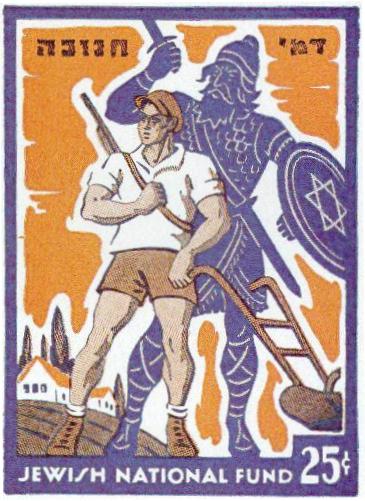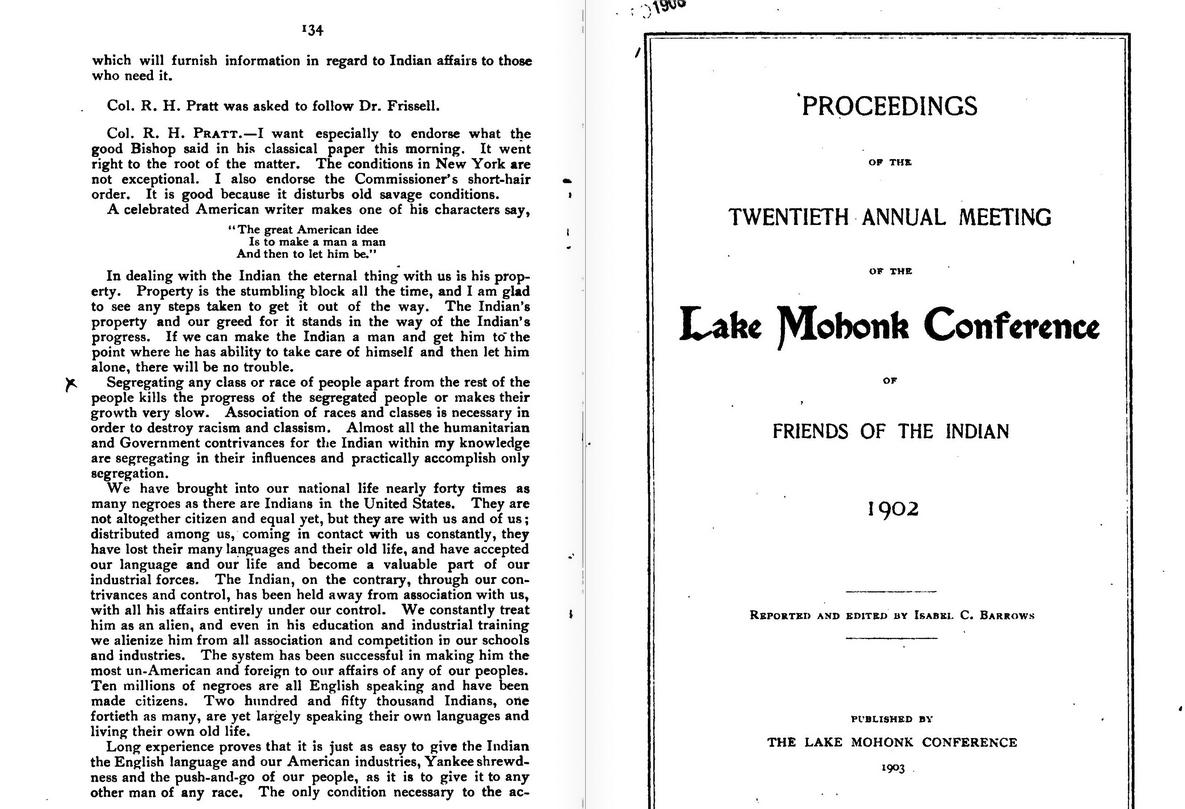|
Judaism In Romania
The history of the Jews in Romania concerns the Jews both of Romania and of Romanian origins, from their first mention on what is present-day Romanian territory. Minimal until the 18th century, the size of the Jewish population increased after around 1850, and more especially after the establishment of ''Greater Romania'' in the aftermath of World War I. A diverse community, albeit an overwhelmingly urban one, Jews were a target of religious persecution and racism in Romanian societyfrom the late-19th century debate over the "Jewish Question" and the Jewish residents' right to citizenship, to the genocide carried out in the lands of Romania as part of the Holocaust. The latter, coupled with successive waves of ''aliyah'', has accounted for a dramatic decrease in the overall size of Romania's present-day Jewish community. Jewish communities existed in Romanian territory in the 2nd century AD, after Roman annexation of Dacia in 106 AD. During the reign of Petru Șchiopul, Peter t ... [...More Info...] [...Related Items...] OR: [Wikipedia] [Google] [Baidu] |
Romania
Romania ( ; ro, România ) is a country located at the crossroads of Central Europe, Central, Eastern Europe, Eastern, and Southeast Europe, Southeastern Europe. It borders Bulgaria to the south, Ukraine to the north, Hungary to the west, Serbia to the southwest, Moldova to the east, and the Black Sea to the southeast. It has a predominantly Temperate climate, temperate-continental climate, and an area of , with a population of around 19 million. Romania is the List of European countries by area, twelfth-largest country in Europe and the List of European Union member states by population, sixth-most populous member state of the European Union. Its capital and largest city is Bucharest, followed by Iași, Cluj-Napoca, Timișoara, Constanța, Craiova, Brașov, and Galați. The Danube, Europe's second-longest river, rises in Germany's Black Forest and flows in a southeasterly direction for , before emptying into Romania's Danube Delta. The Carpathian Mountains, which cross Roma ... [...More Info...] [...Related Items...] OR: [Wikipedia] [Google] [Baidu] |
Târgu Neamț
Târgu Neamț (; german: Niamtz, hu, Németvásár, he, נאמץ טרגו, la, Ante Castrum Nempch) is a town in Neamț County, Western Moldavia, Romania, on the river Neamț. It had, , a population of 20,496. Three villages are administered by the town: Blebea, Humulești, and Humuleștii Noi. History Originally a market town, hence its name (in Romanian "târg" = ''market''), it had an important role in Moldavian culture. It was first mentioned in a late-14th century document. The name '' neamț'' is a generic name of Slavic origin for the German people in the Romanian language. This has led to speculation of a German foundation of Târgu Neamț, according to which Saxon colonists crossed the Carpathians from the Bistrița area and built a commercial township. Some Romanian historians, including Bogdan Petriceicu Hasdeu consider that Târgu Neamț was probably a German settlement from the 13th century, when the Teutonic Order made incursions from Transylvania against t ... [...More Info...] [...Related Items...] OR: [Wikipedia] [Google] [Baidu] |
Blood Libel
Blood libel or ritual murder libel (also blood accusation) is an antisemitic canardTurvey, Brent E. ''Criminal Profiling: An Introduction to Behavioral Evidence Analysis'', Academic Press, 2008, p. 3. "Blood libel: An accusation of ritual murder made against one or more persons, typically of the Jewish faith".Chanes, Jerome A. ''Antisemitism: A Reference Handbook'', ABC-CLIO, 2004, pp. 34–45. "Among the most serious of these nti-Jewishmanifestations, which reverberate to the present day, were those of the libels: the leveling of charges against Jews, particularly the blood libel and the libel of desecrating the host."Goldish, Matt. ''Jewish Questions: Responsa on Sephardic Life in the Early Modern Period'', Princeton University Press, 2008, p. 8. "In the period from the twelfth to the twentieth centuries, Jews were regularly charged with blood libel or ritual murder that Jews kidnapped and murdered non-Jews as part of a Jewish religious ritual." which falsely accuses Jews of ... [...More Info...] [...Related Items...] OR: [Wikipedia] [Google] [Baidu] |
Petru Șchiopul
Peter VI the Lame ( ro, Petru Șchiopul; 1537 – 1 July 1594) was Prince of Moldavia from June 1574 to 23 November 1577.Constantin Rezachevici - ''Cronologia critică a domnilor din Țara Românească și Moldova a. 1324–1881'', Volumul I, Editura Enciclopedică, 2001, p. 432 He also ruled 1 January 1578 to 21 November 1579 and 17 October 1583 to 29 August 1591. He was known as "the Lame" due to a physical deformity. Raised by the Turks in Istanbul and hardly knew of his country of origin before gaining the throne of Moldavia. Voivode of Moldavia Anxious to rule like his brother Alexandru II Mircea, Petru was elected prince of Moldavia in 1574. However, unlike most of his ancestors, he was a weak prince and eventually gave up the throne in order to live comfortably in the west. Family life His first marriage to Maria Amirali was arranged in childhood, and failed. Petru soon fell in love with a Roma named Irina who became his mistress since marriage to a Roma was impossibl ... [...More Info...] [...Related Items...] OR: [Wikipedia] [Google] [Baidu] |
Dacia
Dacia (, ; ) was the land inhabited by the Dacians, its core in Transylvania, stretching to the Danube in the south, the Black Sea in the east, and the Tisza in the west. The Carpathian Mountains were located in the middle of Dacia. It thus roughly corresponds to the present-day countries of Romania, as well as parts of Moldova, Bulgaria, Serbia, Hungary, Slovakia, and Ukraine. A Dacian Kingdom of variable size existed between 82 BC until the Roman conquest in AD 106, reaching its height under Burebista, King Burebista. As a result of the Trajan's Dacian Wars, two wars with Emperor Trajan, the population was dispersed and the central city, Sarmizegetusa Regia, was destroyed by the Romans, but was rebuilt by the latter to serve as the capital of the Roman Dacia, Roman province of Dacia. The Free Dacians, living the territory of modern-day Northern Romania disappeared with the start of the Migration Period. Nomenclature The Dacians are first mentioned in the writings of the ... [...More Info...] [...Related Items...] OR: [Wikipedia] [Google] [Baidu] |
Aliyah
Aliyah (, ; he, עֲלִיָּה ''ʿălīyyā'', ) is the immigration of Jews from Jewish diaspora, the diaspora to, historically, the geographical Land of Israel, which is in the modern era chiefly represented by the Israel, State of Israel. Traditionally described as "the act of going up" (towards the Jerusalem in Judaism, Jewish holy city of Jerusalem), moving to the Land of Israel or "making aliyah" is one of the most basic tenets of Zionism. The opposite action—emigration by Jews from the Land of Israel—is referred to in the Hebrew language as ''yerida'' (). The Law of Return that was passed by the Knesset, Israeli parliament in 1950 gives all diaspora Jews, as well as their children and grandchildren, the right to relocate to Israel and acquire Israeli citizenship on the basis of connecting to their Jewish identity. For much of Jewish history, their history, most Jews have lived in the diaspora outside of the Land of Israel due to Jewish military history, various hi ... [...More Info...] [...Related Items...] OR: [Wikipedia] [Google] [Baidu] |
The Holocaust
The Holocaust, also known as the Shoah, was the genocide of European Jews during World War II. Between 1941 and 1945, Nazi Germany and its collaborators systematically murdered some six million Jews across German-occupied Europe; around two-thirds of Europe's Jewish population. The murders were carried out in pogroms and mass shootings; by a policy of extermination through labor in concentration camps; and in gas chambers and gas vans in German extermination camps, chiefly Auschwitz-Birkenau, Bełżec, Chełmno, Majdanek, Sobibór, and Treblinka in occupied Poland. Germany implemented the persecution in stages. Following Adolf Hitler's appointment as chancellor on 30 January 1933, the regime built a network of concentration camps in Germany for political opponents and those deemed "undesirable", starting with Dachau on 22 March 1933. After the passing of the Enabling Act on 24 March, which gave Hitler dictatorial plenary powers, the government began isolating Je ... [...More Info...] [...Related Items...] OR: [Wikipedia] [Google] [Baidu] |
Genocide
Genocide is the intentional destruction of a people—usually defined as an ethnic, national, racial, or religious group—in whole or in part. Raphael Lemkin coined the term in 1944, combining the Greek word (, "race, people") with the Latin suffix ("act of killing").. In 1948, the United Nations Genocide Convention defined genocide as any of five "acts committed with intent to destroy, in whole or in part, a national, ethnical, racial or religious group." These five acts were: killing members of the group, causing them serious bodily or mental harm, imposing living conditions intended to destroy the group, preventing births, and forcibly transferring children out of the group. Victims are targeted because of their real or perceived membership of a group, not randomly. The Political Instability Task Force estimated that 43 genocides occurred between 1956 and 2016, resulting in about 50 million deaths. The UNHCR estimated that a further 50 million had been displac ... [...More Info...] [...Related Items...] OR: [Wikipedia] [Google] [Baidu] |
Citizenship
Citizenship is a "relationship between an individual and a state to which the individual owes allegiance and in turn is entitled to its protection". Each state determines the conditions under which it will recognize persons as its citizens, and the conditions under which that status will be withdrawn. Recognition by a state as a citizen generally carries with it recognition of civil, political, and social rights which are not afforded to non-citizens. In general, the basic rights normally regarded as arising from citizenship are the right to a passport, the right to leave and return to the country/ies of citizenship, the right to live in that country, and to work there. Some countries permit their citizens to have multiple citizenships, while others insist on exclusive allegiance. Determining factors A person can be recognized or granted citizenship on a number of bases. Usually, citizenship based on circumstances of birth is automatic, but an application may be required. ... [...More Info...] [...Related Items...] OR: [Wikipedia] [Google] [Baidu] |
Jewish Question
The Jewish question, also referred to as the Jewish problem, was a wide-ranging debate in 19th- and 20th-century European society that pertained to the appropriate status and treatment of Jews. The debate, which was similar to other "national questions", dealt with the civil, legal, national, and political status of Jews as a minority within society, particularly in Europe during the 18th, 19th, and 20th centuries. The debate began with Jewish emancipation in western and central European societies during the Age of Enlightenment and after the French Revolution. The debate's issues included the legal and economic Jewish disabilities (such as Jewish quotas and segregation), Jewish assimilation, and Jewish Enlightenment. The expression has been used by antisemitic movements from the 1880s onwards, culminating in the Nazi phrase of the "Final Solution to the Jewish Question". Similarly, the expression was used by proponents for and opponents of the establishment of an autonomous ... [...More Info...] [...Related Items...] OR: [Wikipedia] [Google] [Baidu] |
Racism
Racism is the belief that groups of humans possess different behavioral traits corresponding to inherited attributes and can be divided based on the superiority of one race over another. It may also mean prejudice, discrimination, or antagonism directed against other people because they are of a different race or ethnicity. Modern variants of racism are often based in social perceptions of biological differences between peoples. These views can take the form of social actions, practices or beliefs, or political systems in which different races are ranked as inherently superior or inferior to each other, based on presumed shared inheritable traits, abilities, or qualities. There have been attempts to legitimize racist beliefs through scientific means, such as scientific racism, which have been overwhelmingly shown to be unfounded. In terms of political systems (e.g. apartheid) that support the expression of prejudice or aversion in discriminatory practices or laws, racist ideology ... [...More Info...] [...Related Items...] OR: [Wikipedia] [Google] [Baidu] |






.jpg)

